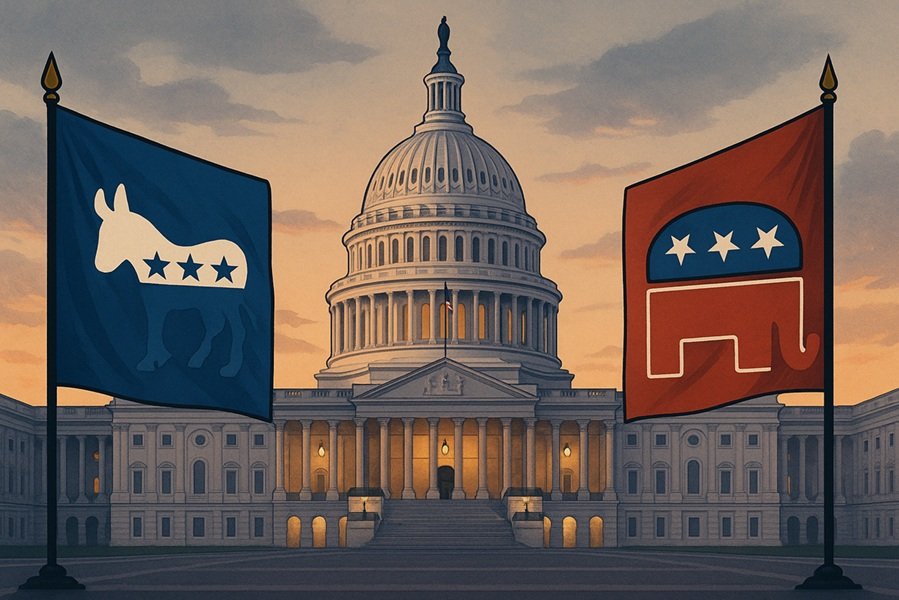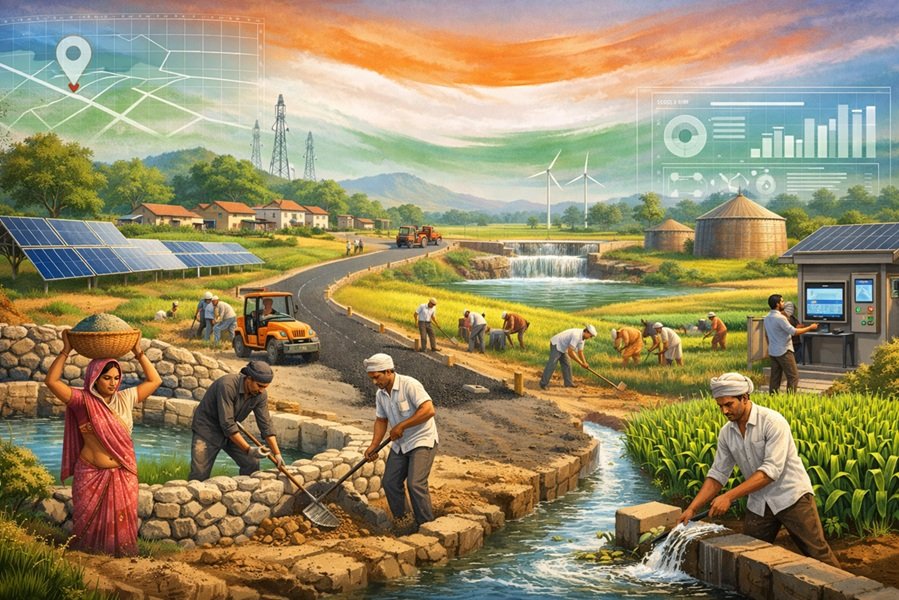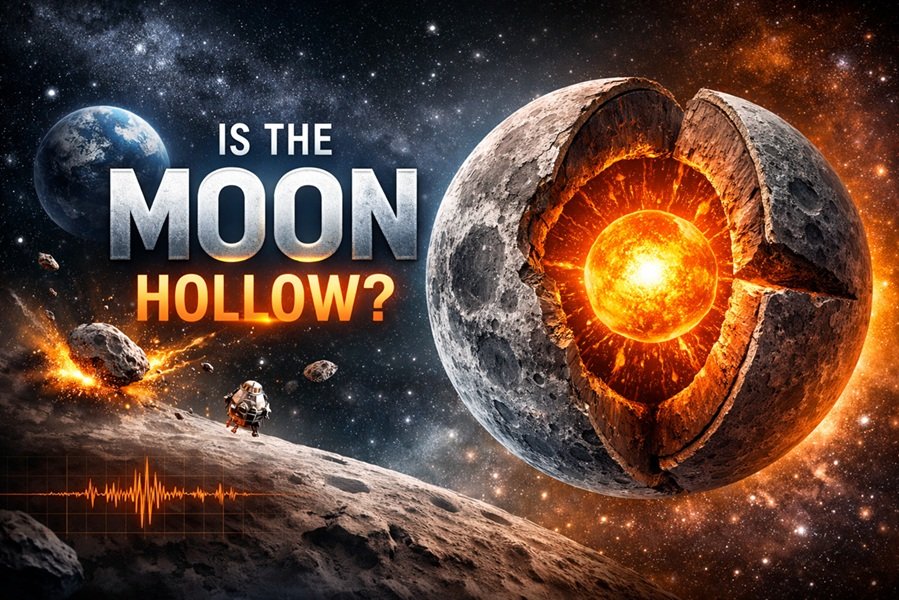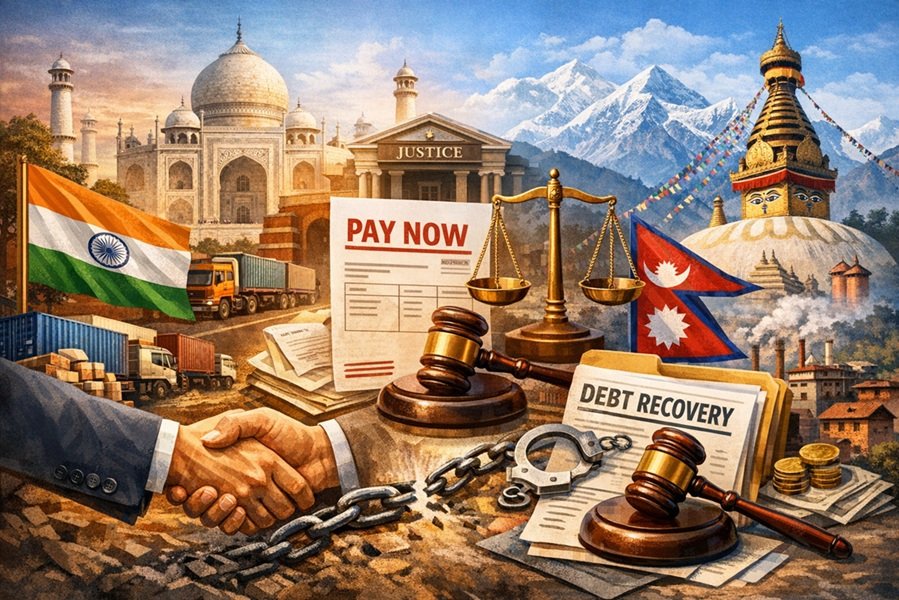
Introduction
The United States is often viewed as a two-party system, dominated primarily by the Democratic Party and the Republican Party. However, the American political landscape is more nuanced than it appears. Alongside these two major parties exist several third parties and independent political movements that, over time, have influenced policy, public opinion, and political debates.
Understanding the origins, ideologies, and roles of these parties is essential to grasp how American democracy functions today.
Historical Background of Political Parties in the United States
Political parties were not originally part of the U.S. Constitution. The Founding Fathers feared that organized factions could lead to division. Yet, differing views on the power of the federal government soon led to the creation of the first two parties:
| Early Party | Core Belief | Key Leaders |
|---|---|---|
| Federalists | Strong federal government, industrial economy | Alexander Hamilton, John Adams |
| Democratic-Republicans | States’ rights, agrarian economy | Thomas Jefferson, James Madison |
Over time, realignments occurred:
- The Democratic Party evolved from the Democratic-Republicans.
- The Republican Party was formed in the 1850s as an anti-slavery party.
These two have remained dominant since the American Civil War era.
The Democratic Party
Origins and Historical Development
Founded in the early 19th century, the Democratic Party initially represented rural farmers and advocated states’ rights. Over the 20th century, its ideological base shifted toward supporting civil rights, social welfare, and progressive reforms.
Core Ideology and Values
The Democratic Party currently supports:
- Strong federal government involvement in social and economic policies
- Social welfare programs (Medicare, Medicaid, Social Security)
- Progressive taxation (taxing higher incomes more heavily)
- Civil rights, diversity, and social justice
- Climate action and environmental protection
- Pro-labor and worker protections
Voter Base
The Democratic voter base generally includes:
- Urban residents
- Young voters
- Racial and ethnic minorities
- Women
- College-educated voters
Notable Modern Democratic Presidents
- Franklin D. Roosevelt (New Deal programs)
- John F. Kennedy (Civil rights advocacy)
- Bill Clinton (Economic reforms)
- Barack Obama (Affordable Care Act)
- Joe Biden (Climate and infrastructure spending)
The Republican Party
Origins and Historical Development
The Republican Party (GOP – Grand Old Party) was founded in 1854 primarily as an anti-slavery political coalition. Over time, the party shifted toward promoting free markets, limited government, and traditional values.
Core Ideology and Values
The Republican Party supports:
- Limited federal government and lower taxes
- Free-market capitalism
- Strong national defense and military funding
- Traditional family and cultural values
- Less regulation on businesses and industries
- States’ rights and decentralization of power
Voter Base
The Republican voter base typically includes:
- Rural and suburban residents
- Business owners
- Evangelical Christian communities
- Older voters
- White working-class and middle-class populations
Notable Modern Republican Presidents
- Abraham Lincoln (Ended slavery and preserved the Union)
- Dwight D. Eisenhower (Post-WWII expansion)
- Ronald Reagan (Conservative economic policies)
- George W. Bush (War on Terror era)
- Donald Trump (Populist and nationalist platform)
Major Differences Between Democrats and Republicans
| Issue | Democratic Position | Republican Position |
|---|---|---|
| Economy | Government intervention to reduce inequality | Free market with limited government involvement |
| Taxes | Higher taxes on wealthy individuals | Lower taxes for individuals and corporations |
| Social Issues | Progressive, supports LGBTQ+ & minority rights | Conservative, traditional social values |
| Government Role | Active role in healthcare, education, and welfare | Smaller federal government, more state power |
| Climate Policy | Supports environmental regulations | Often skeptical of government climate mandates |
Significant Third Parties in the United States
Although they rarely win national elections, third parties influence debates and ideologies.
| Party | Ideological Leaning | Key Focus |
|---|---|---|
| Libertarian Party | Minimal government, maximum personal freedom | Free markets, civil liberties, non-interventionism |
| Green Party | Progressive and environmentalist | Climate change, social equity, anti-corporate policies |
| Constitution Party | Conservative and Christian-based | Traditionalism, strong states’ rights, anti-abortion policies |
Third parties often push issues that major parties later adopt, such as environmental activism, campaign finance reform, and anti-war sentiment.
Role of Independent Voters and Candidates
Independent voters do not align strictly with either major party. In recent decades, independents have grown significantly, especially among young voters. Influential independent political figures include:
- Bernie Sanders (left-leaning independent senator, caucuses with Democrats)
- Ross Perot (1992 and 1996 presidential elections)
- George Wallace (segregation-era independent movement)
These figures have shaped policy discussions and voter alignments.
Why the U.S. Remains a Two-Party Dominant System
Several factors contribute to the dominance of Democrats and Republicans:
- Winner-Takes-All Elections: No proportional seat representation.
- Ballot Access Laws: Third parties struggle to qualify in all states.
- Campaign Funding Challenges: Major parties control donor networks.
- Historical and Cultural Voting Patterns: Voters tend to pick “viable” candidates.
Read This: Understanding the U.S. Government Shutdown: Causes, Effects, and Consequences Explained
Conclusion
The political party system in the United States is shaped by history, ideology, economics, and evolving public values. While the Democratic Party and Republican Party continue to lead the political landscape, third parties and independent movements still play an important role in shaping national debate and political reform.
Understanding these parties helps explain not just election outcomes but also policy decisions, social trends, and the broader functioning of American democracy.







